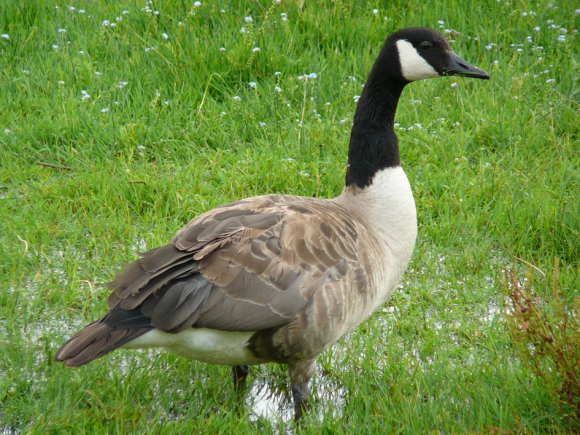17 March 2020 | By Thobeka Gumede and Prof Colleen Downs
Food sources and its availability determines how many species will occupy certain spaces and help biologists to predict their possible dispersion. To determine what the alien invasive species, the Common Myna (Sturnus tristis), feeds on in urban areas where they are commonly found, C·I·B student, Thobeka Gumede and C·I·B Team Member, Colleen Downs, conducted a laboratory study to understand the Mynas’ food preferences.
Common Mynas are omnivorous, invasive birds, native to southern Asia. These birds have invaded many countries, including South Africa. Common Mynas live in close association with humans and thrive in urban areas and are able to endure a variety of environmental and climate conditions. In some countries, flocks of Common Mynas are known to damage fruit (grapes and citrus fruits) crops. Furthermore, Common Mynas are known to compete with native species for resources, such as nesting sites and food, posing a threat to native species. Understanding the food preference for this species can help predict their invasion potential.

In their study, Thobeka and Downs examined the preference of common Mynas using the pairwise choices of three foods (high protein, high lipid, and/or high carbohydrate) in the laboratory, but with similar energy yields varying in specific macronutrients. These macronutrients were chosen, because they are typical of urban anthropogenic food resources which will help in showing why this species live in close association with humans. They predicted that Common Mynas would show a significant preference for the high protein food because they showed similar results in the study done in Australian by Machovsky-Capuska et al. 2016. However, they found that the Mynas showed a preference for a high lipid diet in comparison to high proteins or high carbohydrates when offered a pairwise choice of foods varying in macronutrients.
“Studying these species is fundamental to understand what causes their success in areas they have already invaded and to avoid potential invasions elsewhere. For invasive species to successfully invade new environments, they must be able to exploit novel food resources that consist of different macronutrients,” explains Thobeka Gumede, co-author of the paper published in Ostrich: Journal of African Ornithology.
She adds, “In our study the Mynas showed dietary flexibility that may enhance their foraging behaviour in new environments. Additional field-based experiments are required on how dietary flexibility contributes to the invasiveness of Common Mynas.”
Read the paper in Ostrich Journal of African Ornithology
S. Thobeka Gumede & Colleen T. Downs (2020) Preliminary observations suggest Common Myna prefer lipid over protein and carbohydrate foods in a pairwise choice experiment, Ostrich, DOI: 10.2989/00306525.2019.1683092
For more information, contact Thobeka Gumede at thobekagumede123@gmail.com or Prof Downs at Downs@ukzn.ac.za


